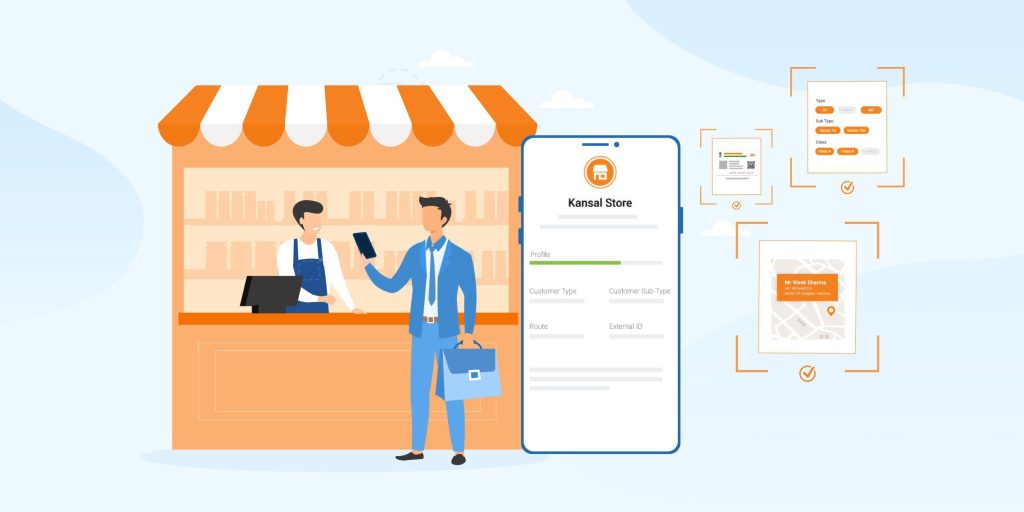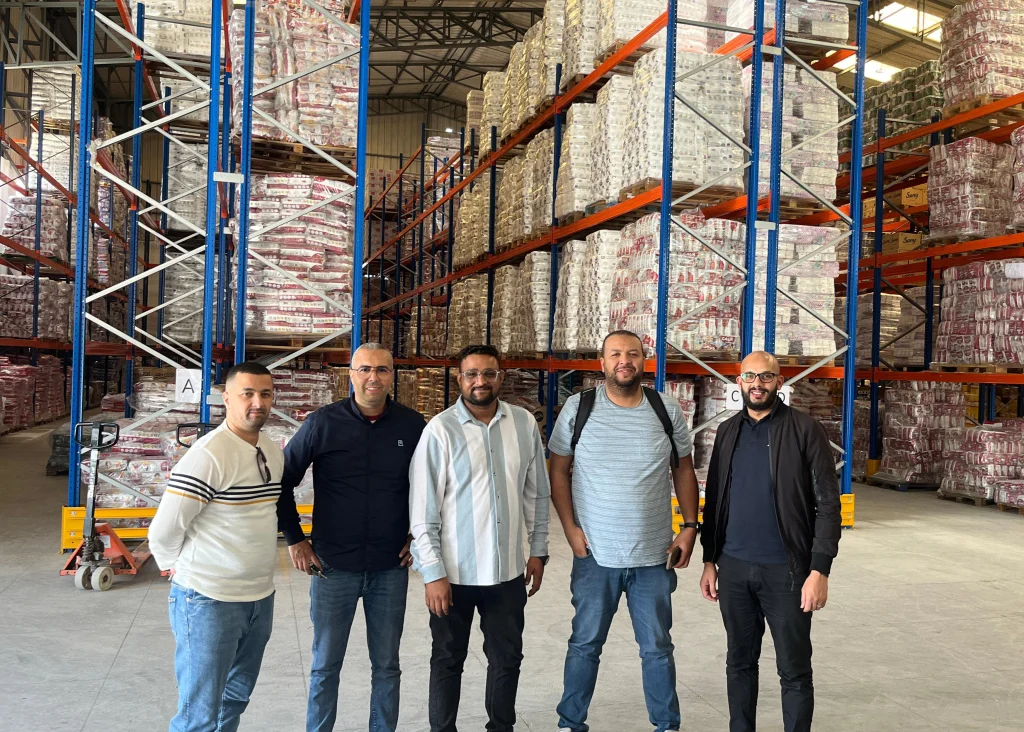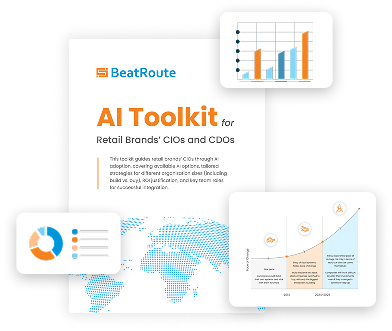Run Differentiated Engagement with Retailers through Intelligent Onboarding & Profiling

FMCG Companies are dealing with millions of retailers as their potential customers. Not all retailers can be handled with the same approach. Proper segmentation is required in order to align the company’s overall goals with the retail universe to cater to them in the most optimal way and for sustainable growth. Companies need to get all the 4Ps – Price, product, place, and promotion right to make their products a success. Even after getting pricing, product & promotion right if the retail placement which is driven by distribution, goes wrong can result in failed launches.
Let’s have a look at how leading brands are utilizing retail segmentation to drive growth:
- Sales force optimization
There are two constraints that comes into when deciding how many salesmen to be going to one shop – which is the retailer’s time & Salesforce strength. The most prevalent problem is beat optimization and segment based visit frequency. In case of lack of authentic store count, location or sales from stores, this optimization becomes impossible. Ongoing measurement of productive coverage becomes adulterated. Data on the total no of lines in the shop, current business level, and average no of bills cut in a month can help make a quantitative decision on optimizing the beat, shop segmentation & segmentation based visit frequency.
- Loyalty program
There is no single answer to the kind of loyalty program which is best for all retailers. Instead retail segmentation helps decide what needs to be the key elements of the loyalty program and target retailers for the same. It helps in targeted execution on the 20% of the universe which contributes to nearly 80% of the business.
- Credit profiling for retailers
Distributors function to extend credit in the market and ensure recovery of it to sustain their business. Depending on retailer segmentation, companies can help distributors to make informed decisions to optimize their capital in order to drive maximum business and reduce bad credit in the market.
- Salesforce Incentive Customization:
FMCG salesforce incentive is compromised of 7-8 parameters with common parameters like business achievement, total lines cut, must sell lines, and new product launches. With proper segmentation of the retail universe – salesman incentives can be customized according to the types of shops they deal in.
For example: A company has segmented its retail universe into 3-way, 2-way, and one-way shops – here 3-way shop means that the company’s categories are split into 3 buckets and that shop is catered by 3 salesmen selling their respective allocated categories. One-way shops are just catered by a single salesman selling the full portfolio, these shops are typically shops with low no of bills cut in a month, have low inventory turnover, and try to keep just the fastest moving products in their shop. Incentivizing this category of a salesman on new product launches or total lines cut results in the placement of products in the wrong place and results in the capital getting stuck and ultimately companies need to deal with the expired products. There can be simpler ways of segmentation and incentive structure to be customized according to the goals company is trying to achieve.
- Recommended SKUs
Brands worldwide have started using machine learning algorithms to recommend SKUs which have the highest chance of selling from the shop depending on retailer attributes like locality of the shop, buying history, category of the shop, traffic data, and neighborhood. For brands to get these propensity models right they need to profile and segment the customers in the right way.
- Shop Level Targets
When coming to targets at the distributors level and then further dividing them into salesman level targets – the present business level and growth outlook depending on the category of the shop is taken into consideration. Different categories of shops have different growth outlooks because of their business potential & differentiated business drivers like loyalty programs, merchandising, and schemes – It makes sense to take this into account while determining shop level targets for the month.
- New product launches
A majority of new product launches don’t see the end of the day because companies fail to get their retail placement wrong, With correct retail segmentation and profiling – product placement approach depending on product & pricing becomes easy and distribution teams have higher chances of getting the distribution right.
- Optimized Trade Spend
Designing merchandising and trade promotion strategies according to different segments of retailers keeps ROI for the campaign in check and gives clear visibility of outcomes.

BeatRoute with its easily configurable workflow on customer onboarding & profiling addresses challenges on how to know the customer in the best way for the brand as well as from a sales rep perspective. To make an effective relationship call, a rep requires a qualitative summary of where this customer stands (from various perspectives such as sales, his concerns, loyalty status, focus areas, etc).
Let’s have a look at how BeatRoute addresses these challenges:
- Easy platform configurability
Platform allows admin to define which standard field will be applicable for which customer sub-type. It allows the admin to also define and designate which roles will be able to submit/edit/view against each standard (core attributes and ID docs) and custom fields.
- Smart customer profiling
The first step to effectively profile your customers is to understand the different aspects of a store, and then divide them accordingly. BeatRoute allows you to list a store’s type and subtype along with pictures and custom fields; thus giving you and your field team access to the minutest of details related to a store. Our workflow is most apt for distributed teams that cover large customer landscapes. It is built to source data from territory level teams & handle incremental data enrichment at pan national level.
- Deduplication engine
BeatRoute profiling engine is designed in such a way that it leaves negligible chances for a store to be listed more than once, even if the customer name is written in two or three different ways like Alex Super Store and Alex Sup St. BeatRoute’s machine learning routine enables an accuracy rate of 95%. Wondering how many duplicate customers you have in your database? Test your sample data for duplicate customers here.
- Easy integration with other platforms
Many organizations are using multiple solutions across their SFA, DMS, Data entry systems, and other Sales tech including Customer apps & gamification in their digital transformation journey. With BeatRoute, One can use the Customer Profiling module as part of the entire platform or stand-alone in integration with other CRM, Sales Execution, or Lead Aggregation systems. It is one of the most trusted apps and is used by hundreds of companies big and small. BeatRoute enables this through BeatRoute Matrix, which is a low code integration middle layer that connects BeatRoute SaaS with other cloud-based apps or desktop software via an application programming interface (APIs).
- Route Optimization Algorithm
After getting the customer segmentation right, a differentiated service architecture aligned with the needs of different segments of retailers makes sense. BeatRoute comes along with a Route Optimization solution that helps you divide a territory in the most efficient manner between various routes and their beat schedules that can cater to differentiated service architecture & delivery constraints while saving cost & delivering business strategy objectives.
- Geolocation-based intelligence
It is always a task for companies to find out their geolocation accuracy level and if a retailer has been geotagged accurately in the system because most of the optimization algorithms have geotagging as the main input. Without getting this piece right it becomes extremely difficult to roll out new strategic initiatives successfully. The most important feature that BeatRoute proudly boasts about is its geotagging feature. BeatRoute uses an AI-powered engine to automatically detect which stores have been geo-tagged accurately and lock their location. With it, all the stores are geotagged automatically on the app, making it possible to track which customers have been touched and which have not been. Each visit and an agent’s entire journey can also be saved and reviewed in the app itself.
- Retailer profile completeness
A lot of times getting the sales team to complete the retailer profile at the time of customer creation or at a later stage becomes a hard task. In order to address people’s behavioral problems, BeatRoute has embedded gamification where companies can set key behavioral indicators (KBIs) in order to gamify the sales team’s input behavior and reward good behavior.
- Offline Sync
If you are still worried about your data getting lost because of no or low internet connectivity, you need to stop worrying. Each feature of BeatRoute is designed in such a way that it works perfectly fine even without connectivity and each piece of information gets synced as soon as the phone comes into a network area.
Feel free to request a demo if you are thinking of a retail landscape survey project or a platform to manage your in-field and backend retail data and profile enrichment process.
About the Author
-
Nikhil is a marketing professional with a passion for enterprise SaaS and the role that technology can play in helping businesses succeed. He is passionate about enabling digital transformation for retail brands, and explores how brands can enhance their sales execution and distributor engagement with the help of technology.
Use Goal-Driven AI to Achieve Retail Sales Uplift, Today!
Join enterprises in 20+ countries that trust BeatRoute, the globally dominant AI platform for sales force automation, field sales, DMS, and eB2B
Latest Insights & Articles
Here are the most impactful articles, platform updates, ebooks and reports for you.


